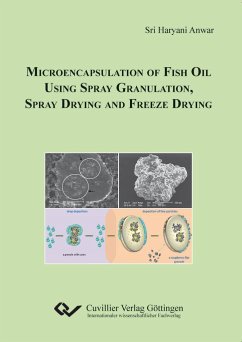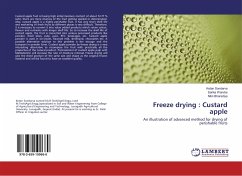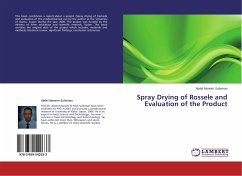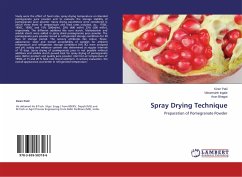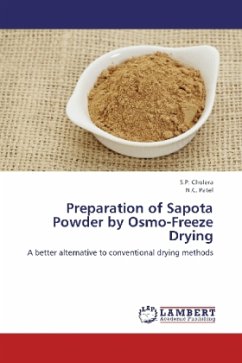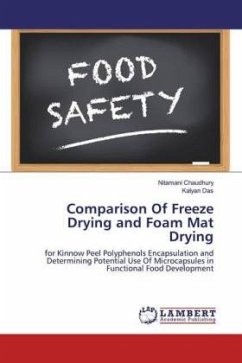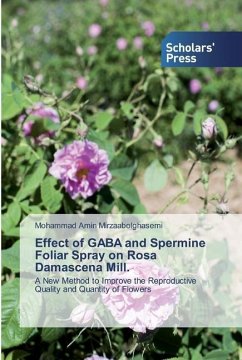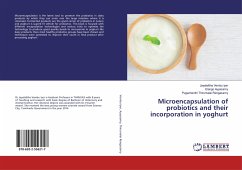The stability of microencapsulated fish oil prepared using various drying methods is investigated. In the preliminary study, two production processes, i.e., spray granulation (SG) and SG followed by film coating (SG-FC) are examined and compared. First, three types of fish oil (10/50, 33/22, and 18/12) based on the ratios of eicosapentaenoic acid (EPA) and docosahexaenoic acid (DHA) are used in the SG process. Each type of fish oil was emulsified with soybean soluble polysaccharide (SSPS) and maltodextrin to produce 25% oil powders. Second, a 15% film coating of hydroxypropyl betacyclodextrin (HPBCD) is applied to the SG granules. The powder stability against oxidation is examined by measurement of peroxide values (PV) and GC-headspace propanal after 6- week¿s storage at room temperature (± 21 ºC) and at 3 ¿ 4 ºC. The results show that the coated powders have lower stability than uncoated powders and this indicates that the film coating by HPBCD ineffectively protected the fish oil as the coating process might have induced further oxidation.

